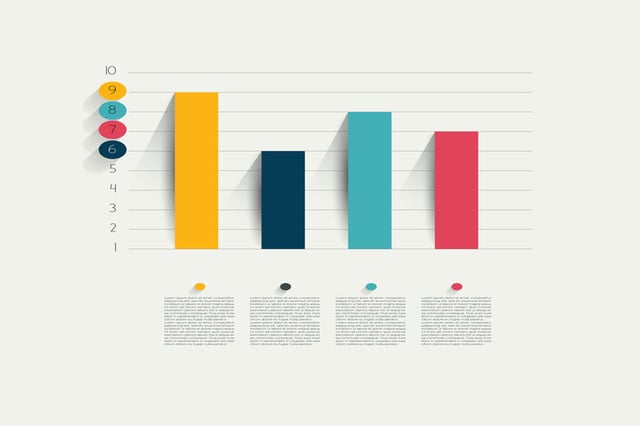Over the past five years, the success of SEO has grown increasingly reliant on the quality of content.
Authoritative links (links from websites with a high Domain Authority that are relevant to what you’re writing about, or to your industry) might continue to be the ranking factor that moves the needle the most, but you can no longer acquire those strong links without exceptional content.
However, when it comes to getting people to actually read and share your content, there is more to it than what you write - it also matters how you write it.
Attention spans are shorter than ever before
The immediacy of our fully connected digital world, as well as the speed and ubiquity of internet access, has led to our attention spans being shorter than ever before.
Searching for the secrets of blogging success? Download our free eBook, The Beginner’s Guide to Blogging
From 12 seconds in 2000, it has now fallen to just 8.5 seconds in 2015 - that’s shorter than a goldfish.
With this in mind, how do you format your blogs in such a way as to maximise user engagement?
1. Use headers where appropriate
Breaking down your content into different sections makes your blog post much more easily digestible, both in terms of breaking up the content, but also by clearly differentiating the various points you are making.
They also provide an overview, at a glance, as to what they can expect to take away from the post.
2. A picture tells a thousand words
Like with headers, pictures are useful for both breaking up the content and providing information in an easy to absorb format.

If you can make a point with an image rather than a block of text - do so. Whether it’s a graph, table, or even a stock picture, images are an effective way of boosting engagement with your posts. In fact, research has shown that a person’s willingness to read a piece of content is increased by 80% when there are colour visuals.
3. White space is your friend
Wherever possible, you want to avoid writing long paragraphs.
Try to keep your paragraphs to no more than three sentences - white space is definitely your friend when it comes to blogging. However, don’t overcompensate with lots of one sentence paragraphs either, as your blog will resemble a poorly formatted list post.
4. Be bold
By bolding key elements of your blog post you can highlight the key takeaways for any reader who doesn’t have the time to read the whole post. We want users to read the whole thing of course, but it’s better if an impatient reader can take something from our post before clicking the back button.
You can use italicised text in the same way, but avoid overdoing it. Too much bold or italicised content won’t provide that same benefit of being able to skim-read the content if there’s too much of it.
5. Use Bulleted/Numbered Lists
Most of these tips come back to catering for users who want to scan your blog post for the key information - and here’s another one.
Lists are much easier to digest quickly than paragraphs of text, but you will often be able to convey just as much information.
6. Easy to read fonts
You probably have dozens, if not hundreds, of fonts to choose from in your content management system, but your choice of font should be the one element of your blog post where you don’t try and stand out from the crowd.
Sans serif fonts (that is, fonts without the little embellishments at the top and bottom of each letter) are generally considered to be most suitable for online, while a 2002 study conducted by the Software Usability and Research Laboratory found that the most legible sans serif fonts were Arial, Verdana and Courier.
7. Analyse what works for you
As with all things in digital marketing, the best advice I can give is to continually test different variables and see what works best. What’s right for one audience might not be for another, so try incorporating all of these different points in different ways. But remember, only ever test one variable at a time so you can isolate what might be making the difference.
Try out different fonts; posts with lists and without; bold versus italicised. The more data you can get on how engagement rises and falls depending on your blog posts’ format the better.
Stay Updated with Our Latest Insights
Get expert HubSpot tips and integration strategies delivered to your inbox.



